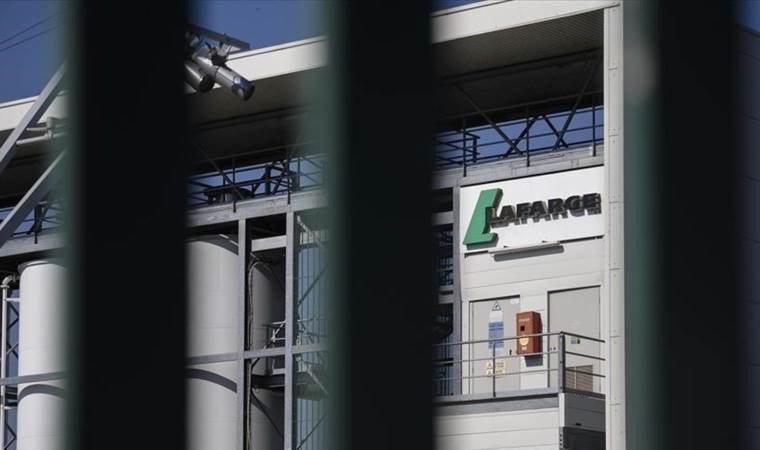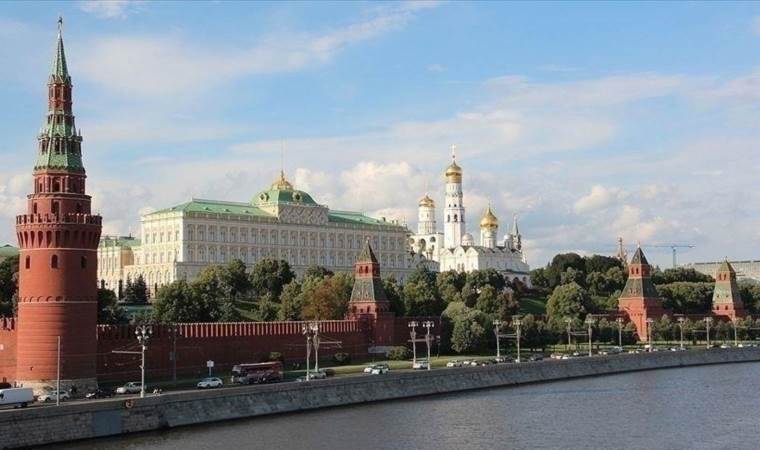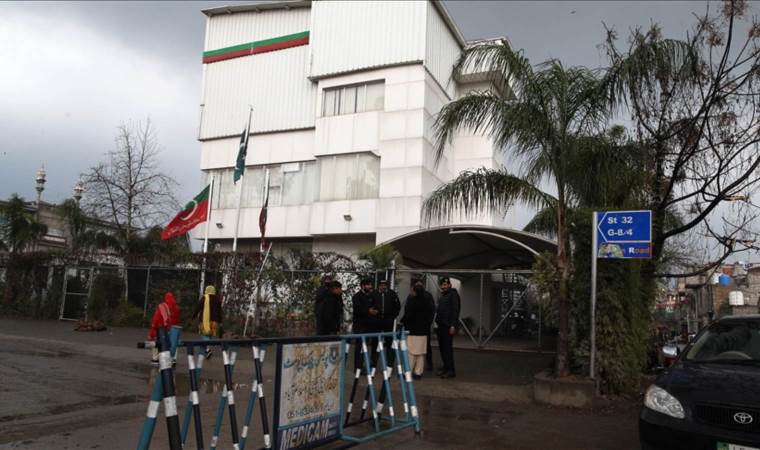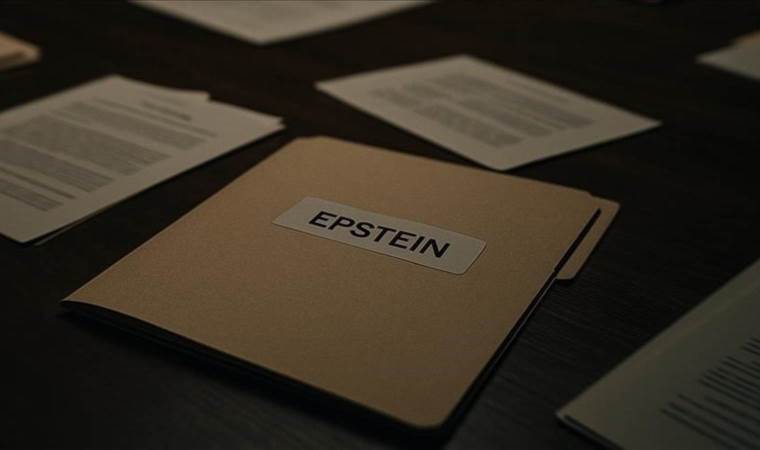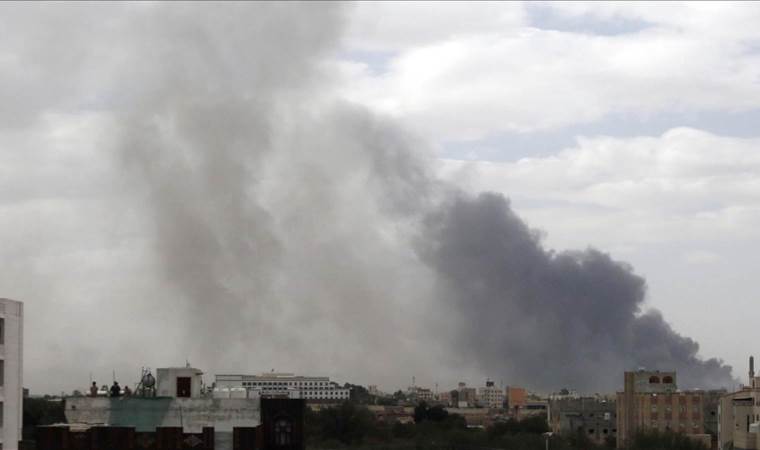Tragic tale behind 'greatest film of all time'
The 'greatest film of all time,' lauded for its cinematic brilliance, harbors a dark backstory. This grim tale stands apart in an industry known for its extreme tales.
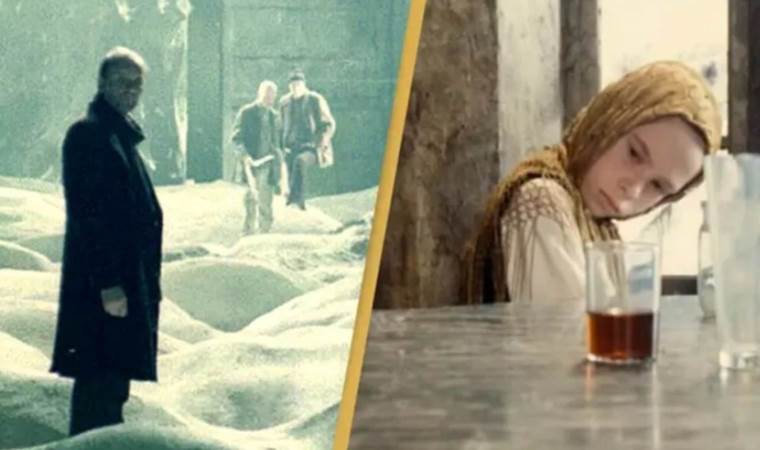
The 'greatest film of all time,' lauded for its cinematic brilliance, harbors a dark backstory. Its production allegedly led to the deaths of director Andrei Tarkovsky, his wife Larissa, and leading actor Anatoly Solonitsyn. This grim tale stands apart in an industry known for its extreme tales.
"Stalker," set in a post-apocalyptic wasteland, was filmed in a toxic area in Estonia, chosen after an earthquake made the original Tajikistan location unusable. Released in 1979, Tarkovsky died seven years later in 1986, raising suspicions about the filming's impact on health.
Vladimir Sharun, the sound recordist, suggested the toxic filming environment contributed to the deaths. Sharun recalled filming near a polluted river in Tallinn, with scenes depicting this environmental hazard. He noted the crew's adverse health reactions and linked the deaths of Tarkovsky and Solonitsyn to bronchial cancer, a fate Tarkovsky's wife also met in Paris.
While these connections are theories without scientific confirmation, "Stalker" remains a pivotal piece of Soviet cinema. Its legacy is a stark reminder of the extremes artists might reach in their creative pursuits, often at great personal cost.
Most Read News
-
 Verdict in French company Lafarge's terror financing tri
Verdict in French company Lafarge's terror financing tri
-
 Russia to terminate post‑Soviet military agreements with
Russia to terminate post‑Soviet military agreements with
-
 South Korea's former president appears before prosecutor
South Korea's former president appears before prosecutor
-
 Pakistan's ex-Premier Khan, wife sentenced to 17 years i
Pakistan's ex-Premier Khan, wife sentenced to 17 years i
-
 Paramilitary RSF releases 9 medical workers in Sudan’s D
Paramilitary RSF releases 9 medical workers in Sudan’s D
-
 Trump touts easing inflation, economic record in North C
Trump touts easing inflation, economic record in North C
-
 US releases thousands of Epstein investigation files und
US releases thousands of Epstein investigation files und
-
 US launches Operation Hawkeye Strike in Syria targeting
US launches Operation Hawkeye Strike in Syria targeting
